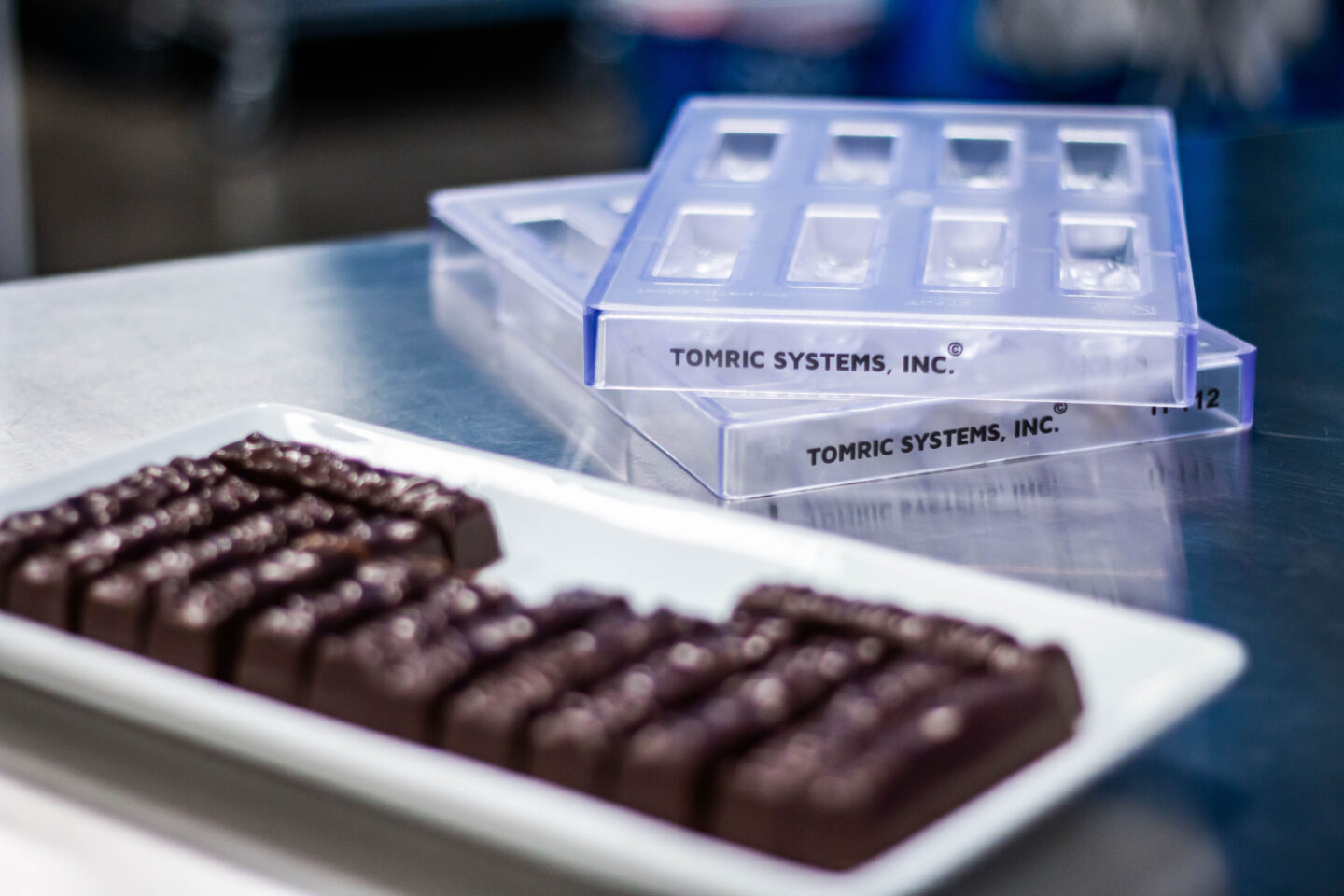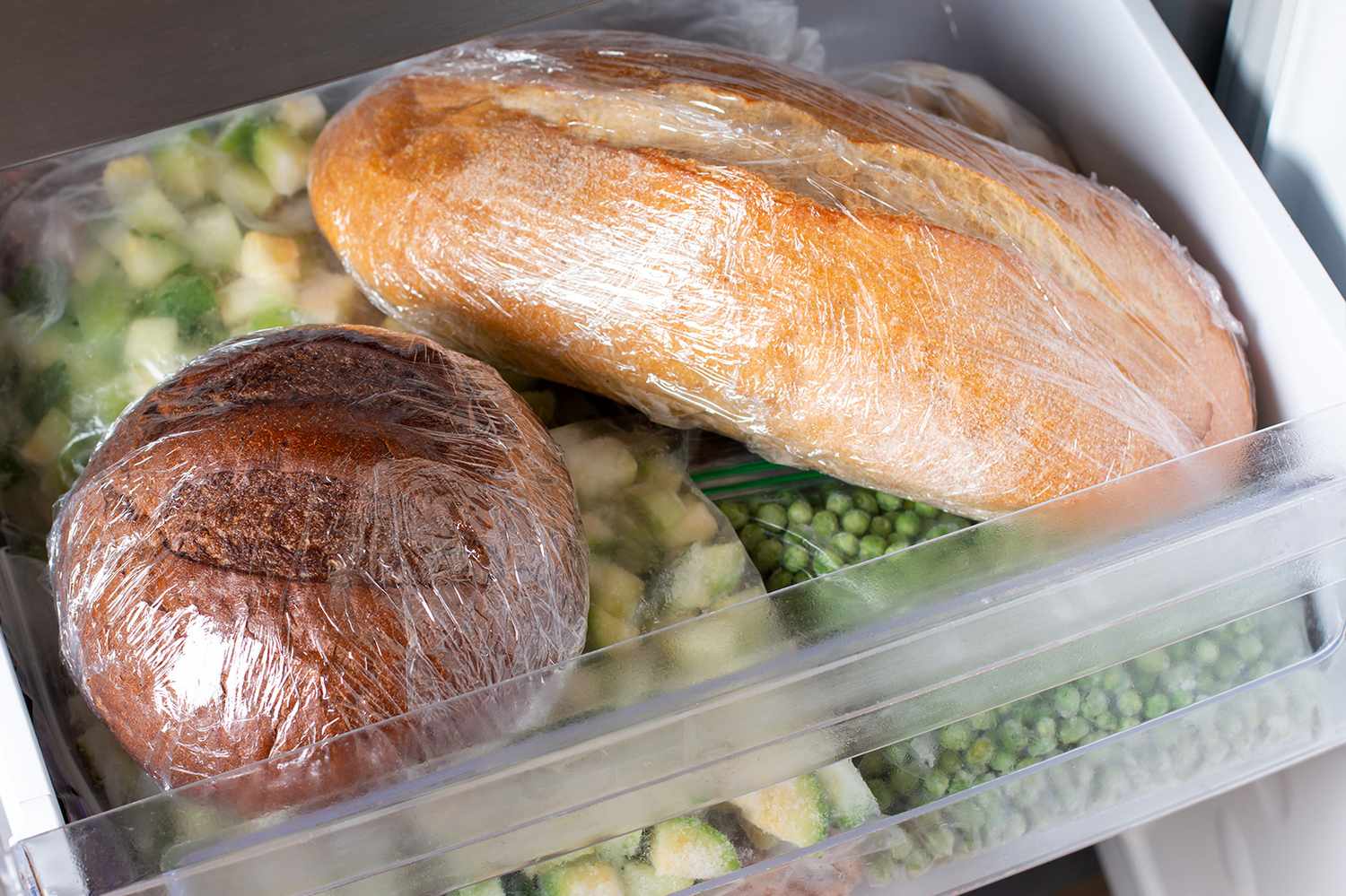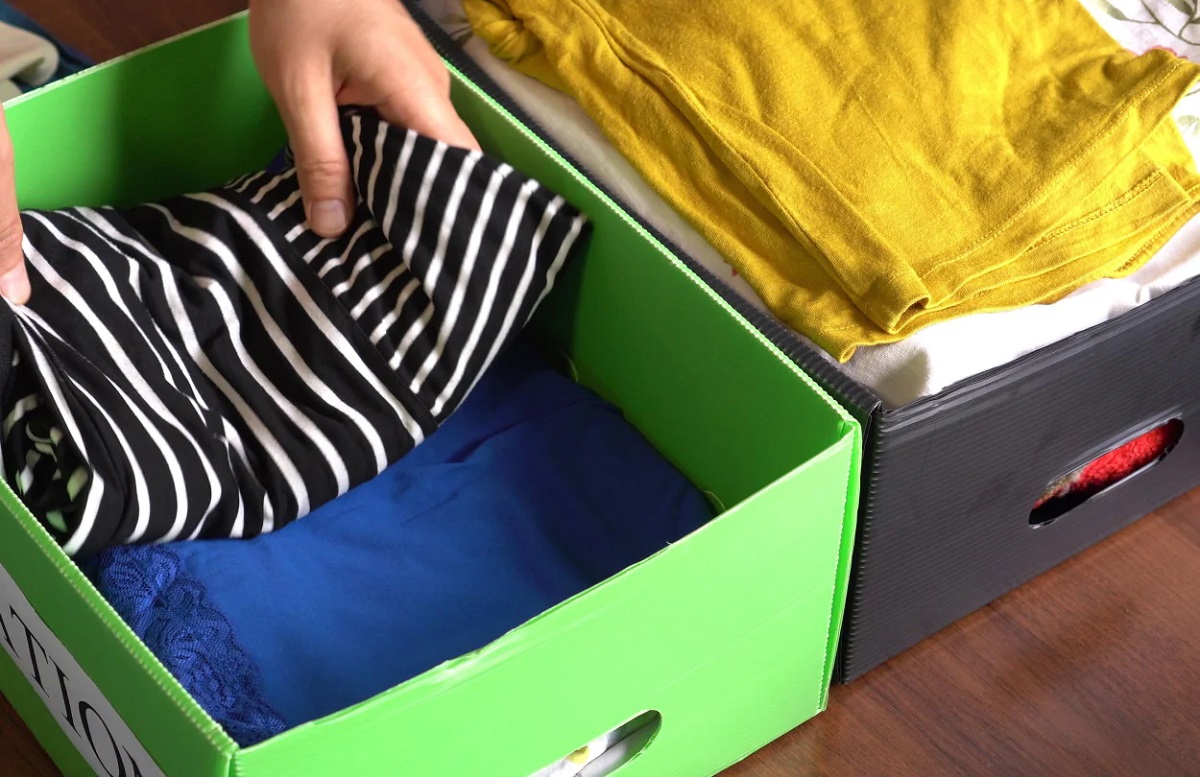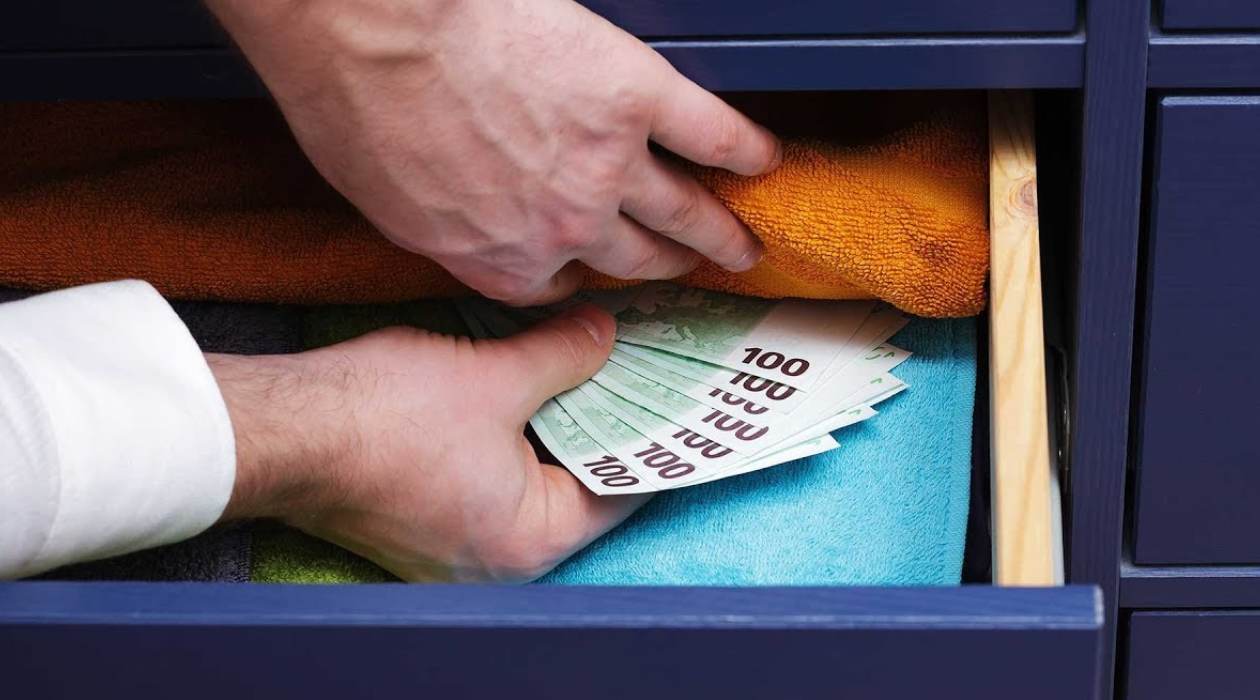Articles
How To Store Silicone Molds
Modified: January 7, 2024
Discover the best way to store silicone molds with our helpful articles. Learn how to keep your molds organized and in great condition for future use.
(Many of the links in this article redirect to a specific reviewed product. Your purchase of these products through affiliate links helps to generate commission for Storables.com, at no extra cost. Learn more)
Introduction
Silicone molds are a versatile and popular tool used in various crafts, baking, and even in industrial applications. They are known for their flexibility, durability, and ability to create intricate designs. Whether you use silicone molds for making chocolates, soaps, candles, or resin crafts, proper storage is essential to ensure their longevity and maintain their quality.
In this article, we will explore the benefits of storing silicone molds properly and provide you with a step-by-step guide on how to store them effectively. We will also discuss the recommended storage options and share additional tips for maintaining your silicone molds in excellent condition.
By following these guidelines, you can extend the life of your silicone molds, prevent damage, and ensure that they are ready for use whenever you need them.
Key Takeaways:
- Proper storage of silicone molds prevents deformation, maintains cleanliness, preserves intricate details, and extends their lifespan, ultimately saving money in the long run.
- Following a step-by-step guide, utilizing recommended storage options, and implementing additional maintenance tips ensures that silicone molds remain in excellent condition, ready for creative projects.
Read more: How To Make A Silicone Mold For Candles
Benefits of storing silicone molds properly
Storing silicone molds properly offers several key benefits that can make a significant difference in their lifespan and overall quality. Here are some of the advantages of ensuring proper storage:
- Prevents deformation: Silicone molds are highly flexible, and improper storage can cause them to deform or lose their shape over time. By storing them correctly, you can help maintain their original form, ensuring that your molds consistently produce the desired designs.
- Keeps molds clean and dust-free: Dust and debris can accumulate on silicone molds if they are not stored appropriately. This can result in blemishes or imperfections on the surface of your creations. Proper storage protects the molds from dust, ensuring that they remain clean and ready to use.
- Preserves mold details: Silicone molds often feature intricate designs and fine details. Proper storage helps preserve these details, preventing them from becoming distorted or damaged. This ensures that your molds continue to produce high-quality and accurate reproductions every time.
- Prevents damage and extends lifespan: Silicone molds are durable, but they can still develop cracks or tears if not stored properly. By safeguarding them against rough handling, stacking, or exposure to extreme temperatures, you can prevent damage and extend the lifespan of your molds.
- Cost-effective: By properly storing your silicone molds, you can avoid the need for frequent replacements. This saves you money in the long run, making it a cost-effective practice.
Overall, proper storage of silicone molds not only protects your investment but also ensures consistent results and enables you to create beautiful and flawless designs.
Step-by-step guide: How to store silicone molds
Proper storage of silicone molds is relatively simple and can be done with a few easy steps. Follow this step-by-step guide to store your silicone molds effectively:
- Clean the molds: Before storing your silicone molds, make sure they are thoroughly clean and free from any residue. Gently wash them with warm water and mild soap, then dry them completely. This will prevent any mold or mildew buildup and ensure that your molds are ready for use when you need them.
- Apply a thin layer of cornstarch or talcum powder: To prevent the silicone molds from sticking or becoming tacky over time, apply a thin layer of cornstarch or talcum powder to the surface. Using a soft brush or cotton ball, gently dust the powder onto the molds. This creates a barrier and prevents the molds from adhering to each other or other surfaces.
- Arrange the molds: Organize your silicone molds in a way that minimizes contact and potential damage. Stack them vertically or lay them flat in a storage container or drawer to prevent any deformation. If you have multiple molds of varying sizes, consider using dividers or separators to keep them separate and protected.
- Avoid extreme temperatures: Silicone molds are sensitive to extreme temperatures, so it is important to store them in a cool, dry place away from direct sunlight, heat sources, or cold drafts. Avoid storing them in areas such as the attic, basement, or near the stove, as these locations can expose the molds to temperature fluctuations that may affect their integrity.
- Label and categorize: If you have a large collection of silicone molds, it can be helpful to label and categorize them for easier retrieval. Use adhesive labels or write directly on the containers to identify the specific molds or the type of projects they are used for. This way, you can quickly find the molds you need without rummaging through your entire collection.
- Protect delicate designs: If you have silicone molds with delicate designs or protruding elements, you may want to take extra precautions to protect them during storage. Place them in individual zip-lock bags or wrap them in tissue paper to prevent any damage or distortion.
- Regularly check and maintain: Periodically inspect your silicone molds for any signs of damage, such as cracks, tears, or deterioration. If you notice any issues, address them promptly to prevent further damage. Additionally, refresh the layer of cornstarch or talcum powder as needed to maintain the non-stick surface.
By following these steps, you can ensure that your silicone molds are stored properly and are in good condition for your next creative project.
After cleaning and drying your silicone molds, store them in a cool, dry place away from direct sunlight to prevent warping or damage. Stack them neatly to save space and keep them organized.
Recommended storage options
When it comes to storing silicone molds, there are several options to choose from depending on your available space and personal preferences. Here are some recommended storage options that can help keep your silicone molds organized and protected:
- Plastic storage containers: Plastic storage containers with lids are a popular choice for storing silicone molds. They are durable, stackable, and provide protection from dust, moisture, and temperature fluctuations. Choose transparent containers to easily identify the molds inside, and ensure that the containers are large enough to accommodate the size and number of your molds.
- Drawer organizers: If you prefer easy access to your silicone molds, consider using drawer organizers. These can be made of plastic or fabric and have various compartments to keep your molds neatly separated. Drawer organizers are especially convenient if you have limited space and want to keep your molds within reach.
- Pegboards or hooks: For larger silicone molds or molds with hanging holes, using pegboards or hooks can be a great storage solution. Hang the molds on the pegboard or hooks to save space and ensure that they stay in their original shape without getting flattened or deformed.
- Shoeboxes or shoe organizers: If you have a moderate collection of silicone molds, shoeboxes or shoe organizers can be repurposed as storage containers. They are affordable and easily accessible. Label each box or compartment to quickly find the specific molds you need.
- Custom-built shelves or cabinets: If you have a large collection of silicone molds or want a dedicated storage solution, consider custom-built shelves or cabinets. These can be designed specifically to accommodate your molds, with adjustable shelves and dividers that can be tailored to your needs.
- Hanging garment bags: If you have particularly large or bulky silicone molds, hanging garment bags can provide a space-saving and protective storage method. Hang the garment bags in a closet or on a clothing rack, and place the molds inside the bags to keep them dust-free and easily accessible.
When choosing a storage option, consider factors such as your available space, the number and size of your silicone molds, and your personal preferences for organization and accessibility. The goal is to find a storage option that keeps your molds safe, clean, and in good condition until they are ready to be used again.
Additional tips for maintaining silicone molds
In addition to proper storage, there are a few additional tips you can follow to ensure the longevity of your silicone molds and maintain their quality. Consider these tips for maintaining your silicone molds:
- Avoid using sharp objects: When working with silicone molds, be cautious and avoid using sharp objects such as knives or metal utensils. They can scratch or damage the silicone surface, leading to potential issues with future casts. Instead, use silicone or plastic tools specifically designed for working with molds.
- Use mold release products: If you frequently work with sticky or difficult-to-remove materials, consider using mold release products. These products create a barrier between the mold and the casting material, making it easier to demold without causing any damage to the mold or the cast.
- Regularly clean and inspect: After each use, clean your silicone molds thoroughly to remove any residue or traces of the casting material. Inspect them for any signs of damage, such as tears, cracks, or stiffness. Address any issues immediately to prevent further damage or deterioration.
- Avoid extreme temperature changes: While in use, avoid subjecting your silicone molds to sudden temperature changes. For example, avoid transferring molds directly from the oven to a cold surface or into the freezer. Allow them to cool at room temperature before demolding to prevent any damage to the molds.
- Prevent contact with abrasive materials: Keep your silicone molds away from abrasive materials that can scratch or damage the surface. Avoid using steel wool or rough scrub brushes during cleaning. Instead, use soft sponges or brushes that won’t harm the mold’s smooth finish.
- Store in a dry environment: Moisture can cause mold growth or affect the integrity of your silicone molds. Ensure that the storage area is dry and well-ventilated to prevent any accumulation of moisture. If necessary, use moisture-absorbing packets or silica gel to keep the environment dry.
- Rotate the use of molds: If you have multiple silicone molds, it’s a good practice to rotate their use. This allows them to rest and recover between uses, reducing the risk of wear and tear. Alternating the use of different molds also helps distribute the workload and ensures their longevity.
By following these additional tips, you can maintain the quality and lifespan of your silicone molds, ensuring that they continue to produce excellent results and offer endless creative possibilities.
Read more: How To Store Silicone Toys
Conclusion
Proper storage of silicone molds is essential for maintaining their longevity, preserving their intricate details, and ensuring consistent results in your creative projects. By following the step-by-step guide and implementing the recommended storage options and additional tips outlined in this article, you can effectively store your silicone molds and protect them from damage, deformation, and dust.
Benefits of storing silicone molds properly include preventing deformation, keeping molds clean and dust-free, preserving mold details, preventing damage, and saving money in the long run. These benefits make proper storage a worthwhile investment of your time and effort.
Remember to clean your molds before storage, apply a thin layer of cornstarch or talcum powder to prevent sticking, arrange them in an organized manner, protect delicate designs, and maintain a suitable storage environment. By adopting these practices, you can extend the lifespan of your silicone molds and ensure that they are always ready for your next creative undertaking.
Additionally, consider using appropriate storage options such as plastic containers, drawer organizers, pegboards, or custom-built shelves to suit your specific storage needs and preferences. Labeling and categorizing your molds can also help streamline your creative process by easily locating the molds you need.
With proper storage and maintenance, your silicone molds will continue to produce high-quality and flawless creations. By implementing these best practices, you can enjoy the benefits of long-lasting, well-preserved silicone molds for years to come.
Frequently Asked Questions about How To Store Silicone Molds
Was this page helpful?
At Storables.com, we guarantee accurate and reliable information. Our content, validated by Expert Board Contributors, is crafted following stringent Editorial Policies. We're committed to providing you with well-researched, expert-backed insights for all your informational needs.







0 thoughts on “How To Store Silicone Molds”